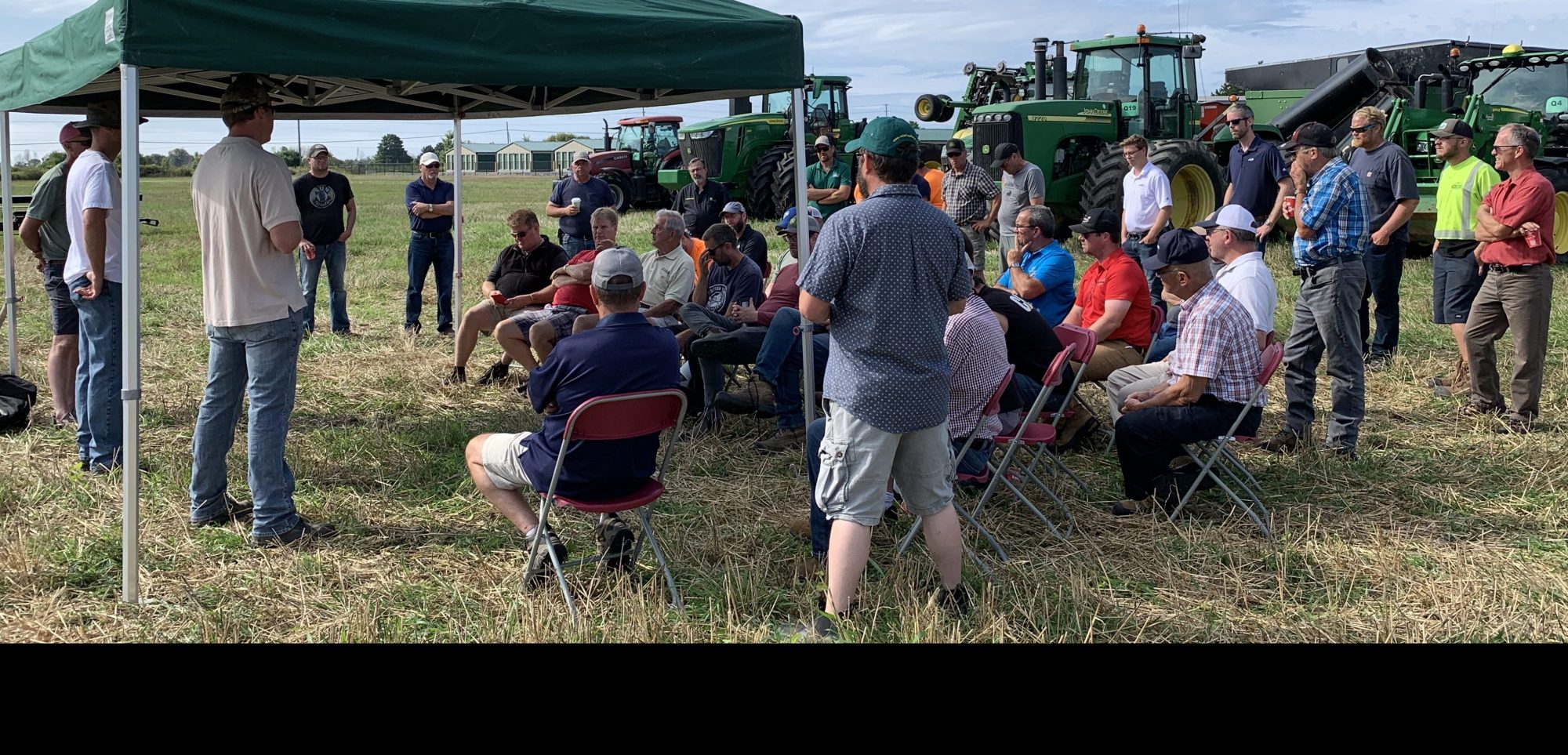
Dan Undersander is an internationally recognized expert on forage production with the University of Wisconsin and he offered some of his top tips during the Quinte Farm and Trade Show this past February.
These are some of the best things he thinks master forage producers do:
Make hay while the sun shines: Plant respiration doesn’t stop the minute stems are cut. Until you lose the first 15% of water content to solar radiation, the starches and sugars that plant will continue to consume can result in 2-8% dry matter loss. To promote rapid drying, always begin with wide swaths that are spread at least 70% of the area being cut. Condition alfalfa and alfalfa/grass mixtures with a roller conditioner but don’tbother with conditioning haylage.
Rake it to make it: Alfalfa should be raked when hay is still more than 50% moisture content, approximately 16 to 24 hours after it’s been mowed. Although leaves only account for 15 to 20% Neutral Detergent Fiber (NDF) value, while stems account for 60 to 70% NDF, the Relative Forage Quality (RFQ) of leaves is roughly 450 compared to the stems which only offer about 70 RFQ. So go ahead and ted grasses 24 hours after mowing and then rake them at the 48 hour mark. But, only rake or merge alfalfa 24 hours after you cut, make minimal ground contact while you’re doing it, and ensure that you are raking to move plants the minimal distance possible to save those leaves.
Look at losing some lignin: Alfalfa contains 6 to 7% lignin, which provides necessary defenses against pests and pathogens, but is almost entirely indigestible by ruminants and limits feed intake. Reduced lignin varieties offer improved forage quality, the opportunity to make full use of the growing season by allowing later harvests, reduces the number of cuttings necessary, and helps widen harvest windows. Not all varieties perform equally but this is a tool worth exploring.
